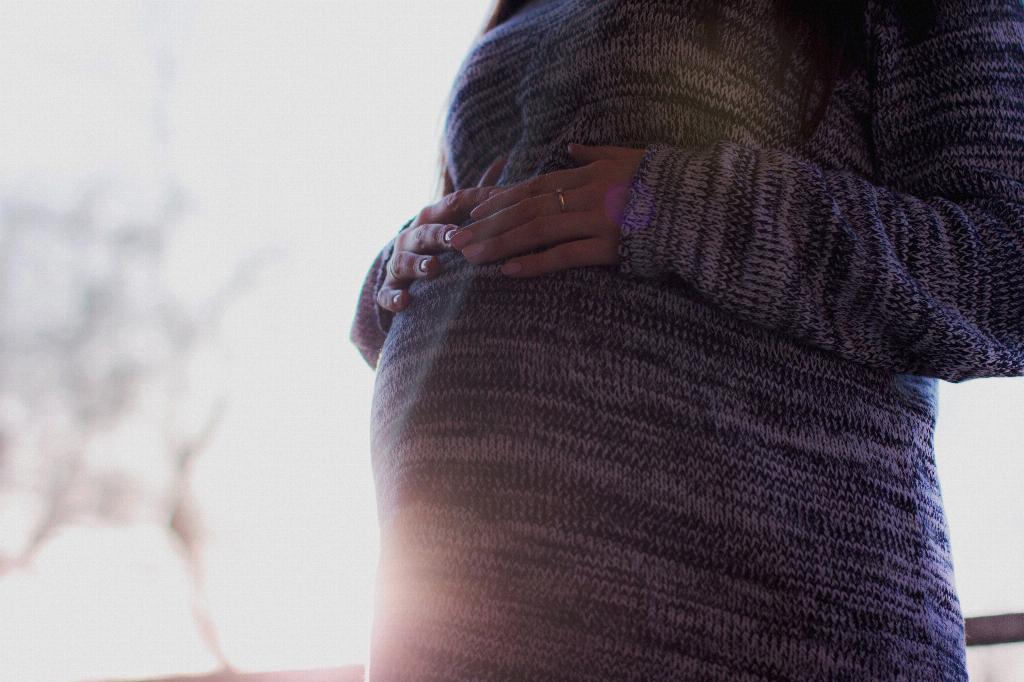Early stage pregnancy brings about a multitude of changes in a woman’s body, and one area that often experiences noticeable differences is the nipples. As the body prepares for the journey of pregnancy, the nipples undergo various transformations that can be both surprising and fascinating to observe.
Increased Size and Definition
One of the most common changes in early pregnancy nipples is an increase in size and definition. The nipples may become more prominent, sticking out further than before. This phenomenon is attributed to the increased blood flow and hormonal changes occurring in the body.
Darkening of the Areola
Another prominent change that many women experience in early pregnancy is the darkening of the areola. The circular area around the nipple, known as the areola, tends to become larger and darker in color. This transformation is linked to higher levels of progesterone, a hormone essential for maintaining pregnancy.
Texture and Sensitivity
Aside from physical changes in appearance, early stage pregnancy nipples may also exhibit differences in texture and sensitivity. Some women report that their nipples feel more sensitive or tender to the touch, while others notice changes in the texture of the skin surrounding the nipple.
Montgomery Tubercles
During pregnancy, small bumps known as Montgomery tubercles may appear on the areola. These sebaceous glands play a role in lubricating the nipple and areola, providing necessary moisture and protection during breastfeeding.
Veins and Pigmentation
Furthermore, the veins around the nipple area may become more visible during early pregnancy due to increased blood flow. Pigmentation changes in the nipples, including the appearance of blue or purple hues, are also common and temporary side effects of hormonal fluctuations.
Individual Variations
It is important to note that the changes in early stage pregnancy nipples can vary significantly among women. While some may experience pronounced differences in size, color, and sensitivity, others may notice subtle alterations that are less conspicuous.
Consultation with Healthcare Provider
If you have concerns about the changes in your nipples during early pregnancy or experience any unusual symptoms, it is advisable to consult with your healthcare provider for guidance and reassurance. Your doctor can offer personalized advice and address any questions or uncertainties you may have regarding your nipple health.
Importance of Self-Care
During pregnancy, practicing self-care and attention to your changing body is essential for overall well-being. Keeping the nipple area clean and moisturized, wearing comfortable and supportive bras, and paying attention to any unusual sensations can help promote nipple health and comfort during this transformative period.
Embracing the Changes
Embracing the changes in your body, including those affecting your nipples, is an important aspect of the journey through early pregnancy. Recognizing and accepting the natural transformations occurring within you can cultivate a sense of empowerment and connection to the miraculous process of creating new life.
Conclusion
In conclusion, early stage pregnancy nipples often undergo visible alterations such as increased size, darkening of the areola, changes in texture and sensitivity, presence of Montgomery tubercles, vein prominence, and pigmentation variations. These changes are part of the intricate tapestry of pregnancy and reflect the remarkable adaptability of the female body during this transformative period.

